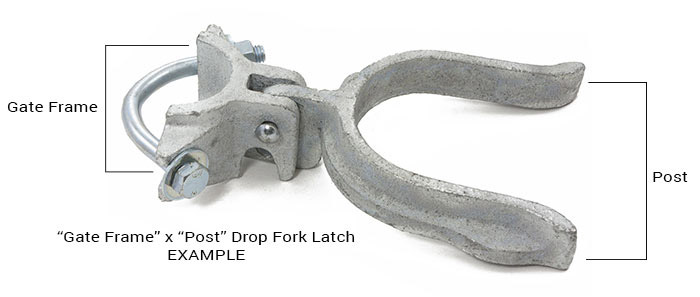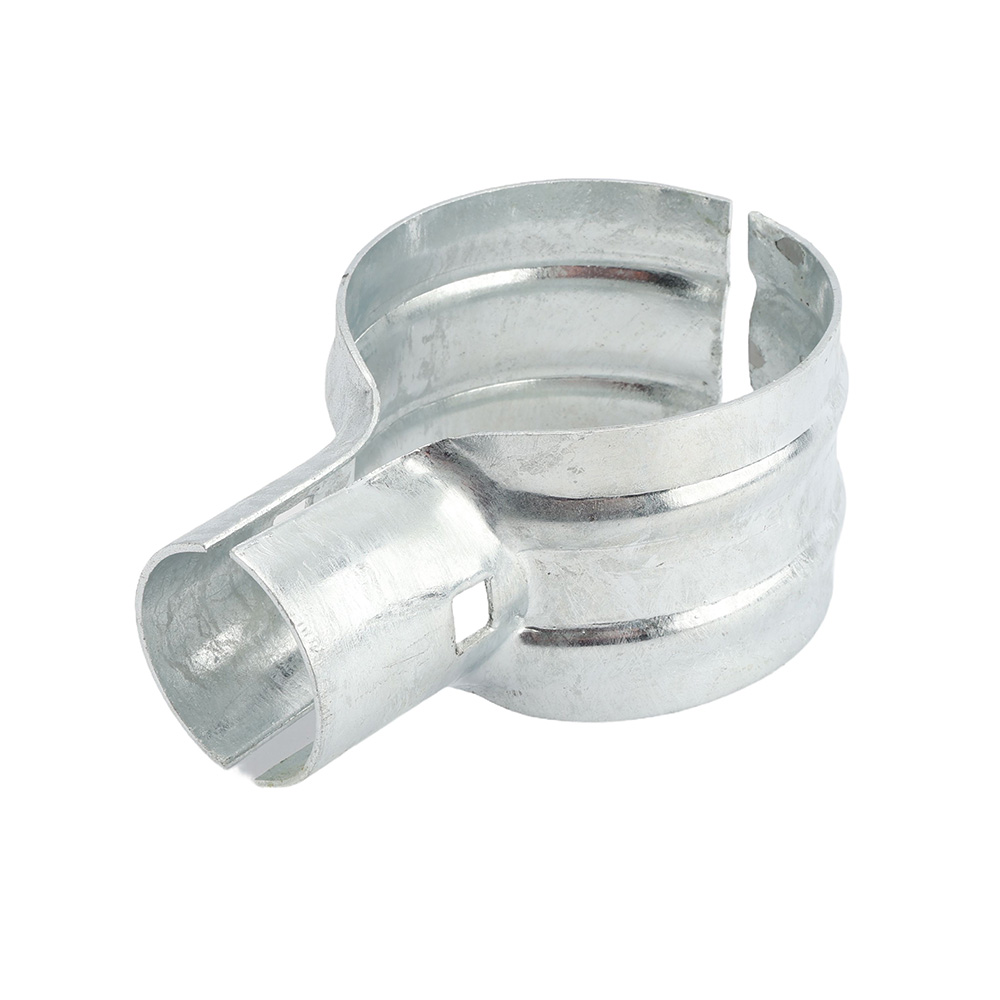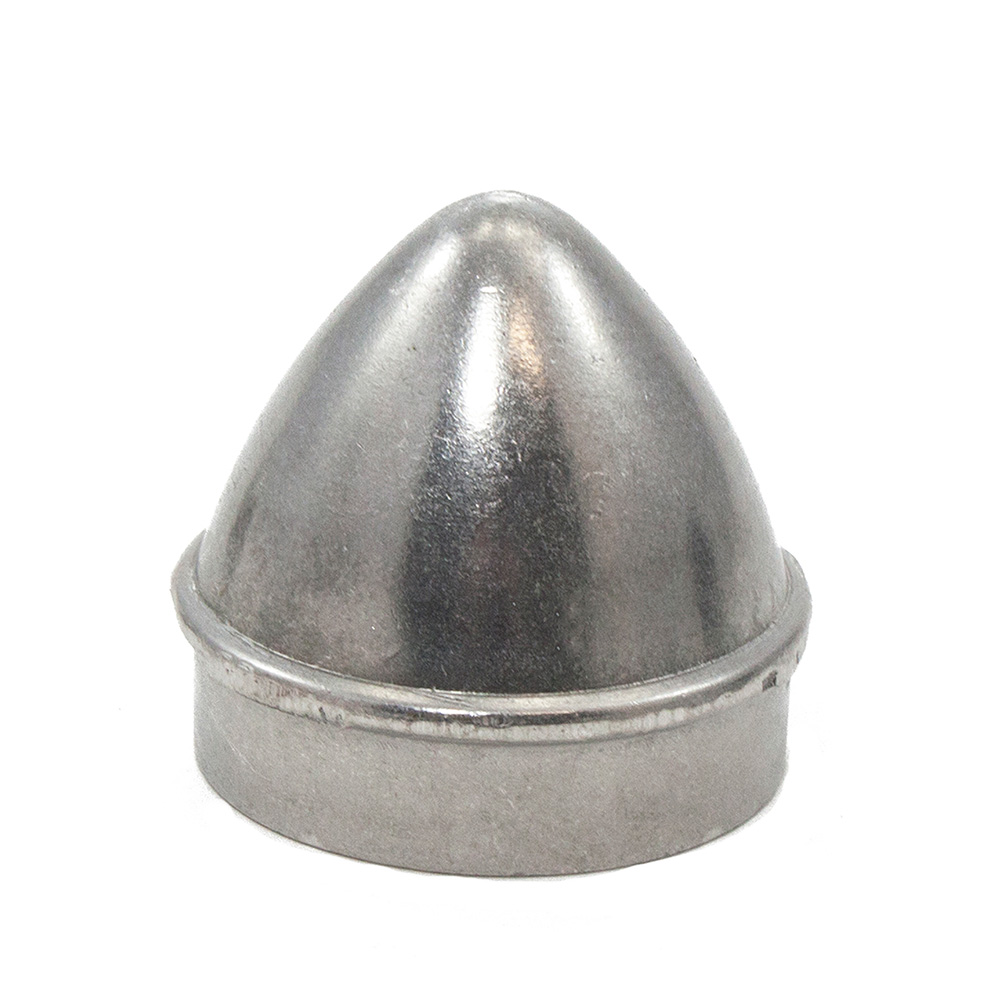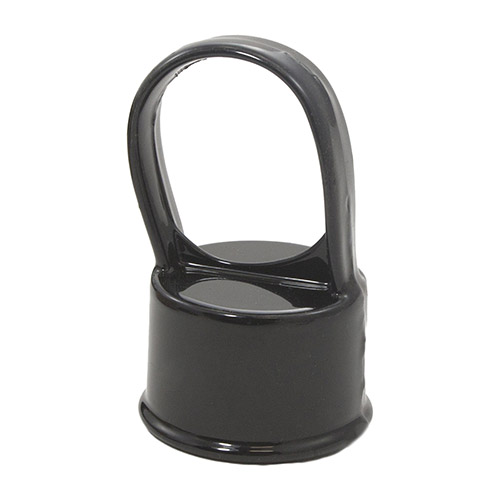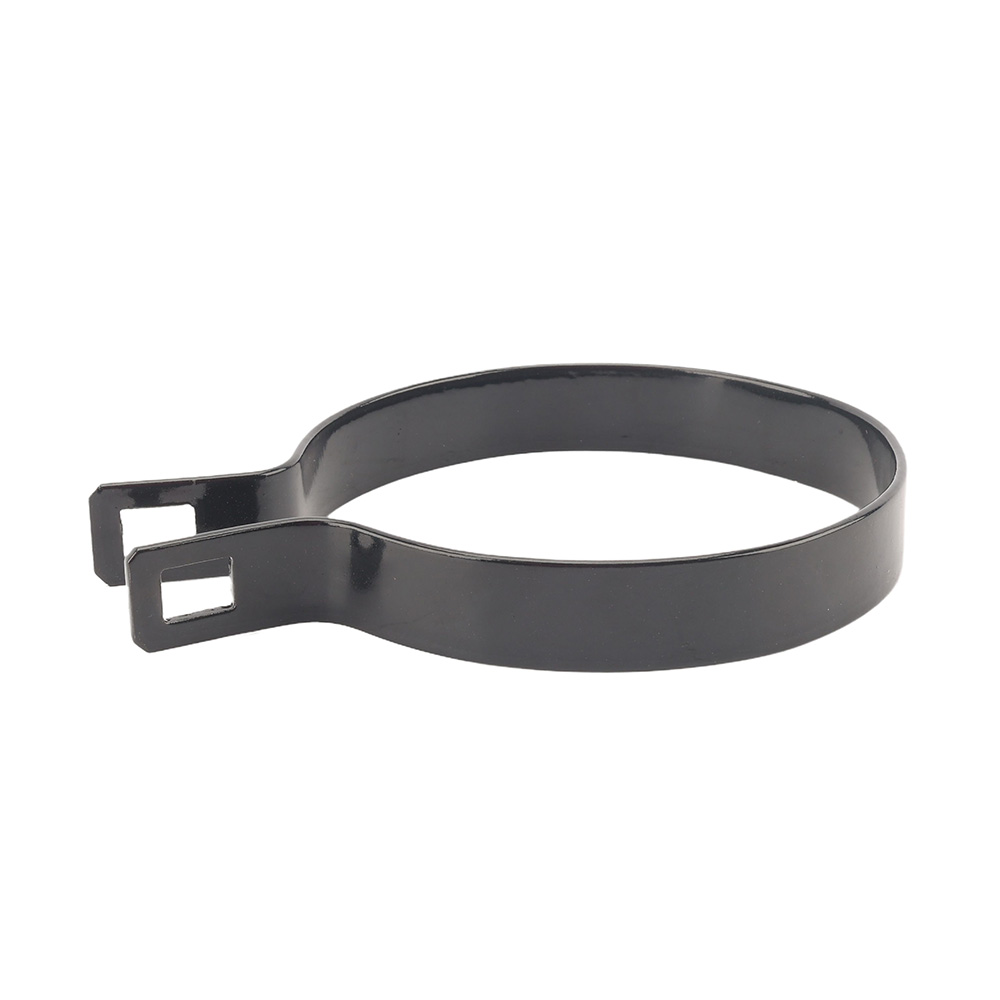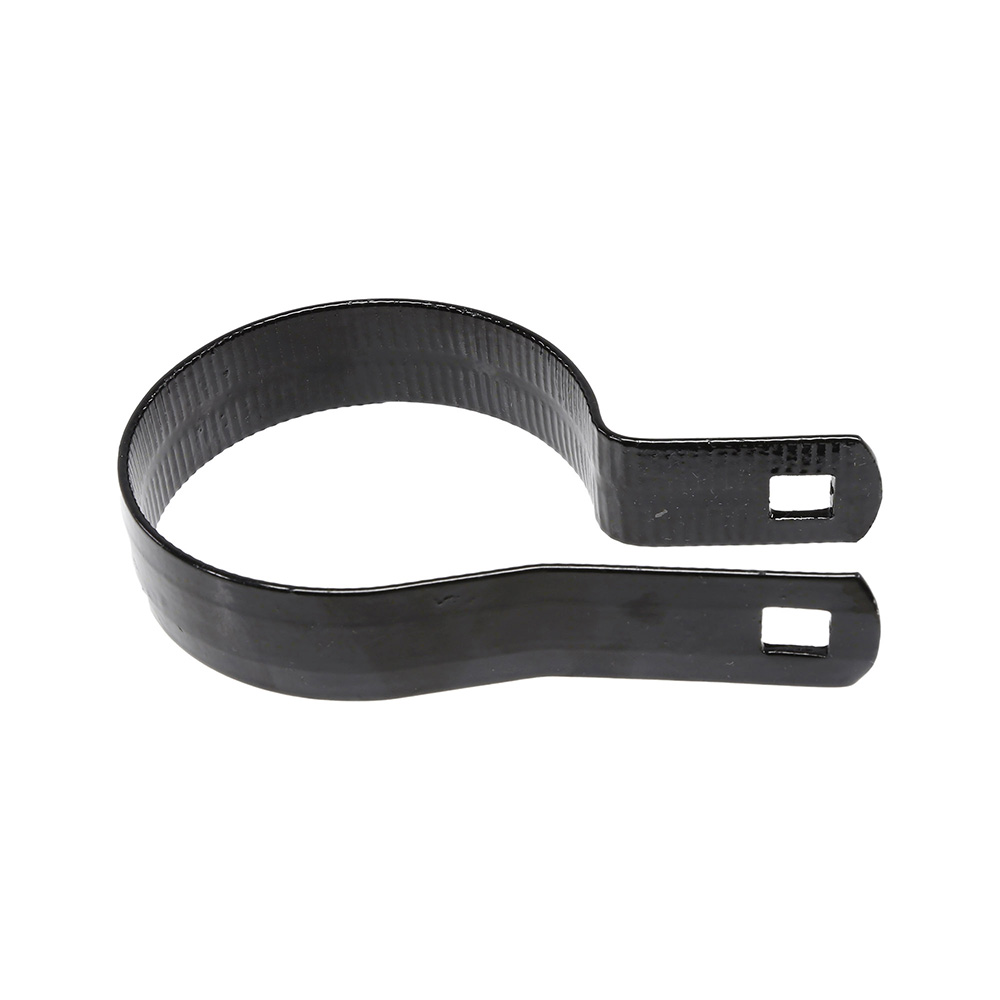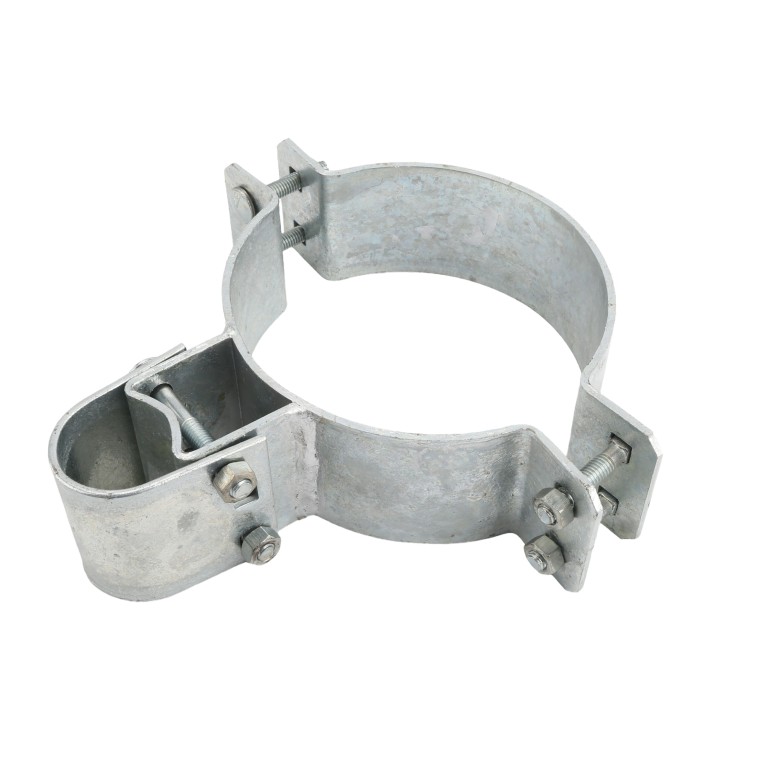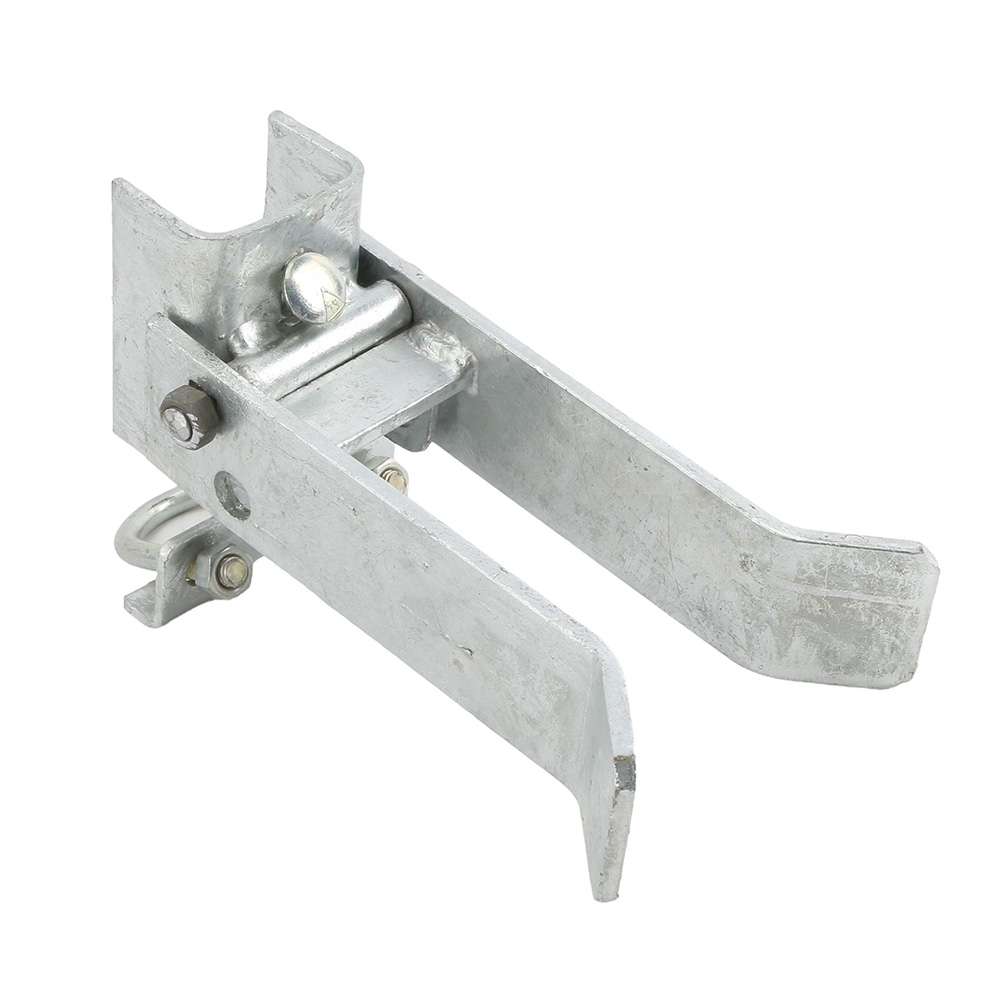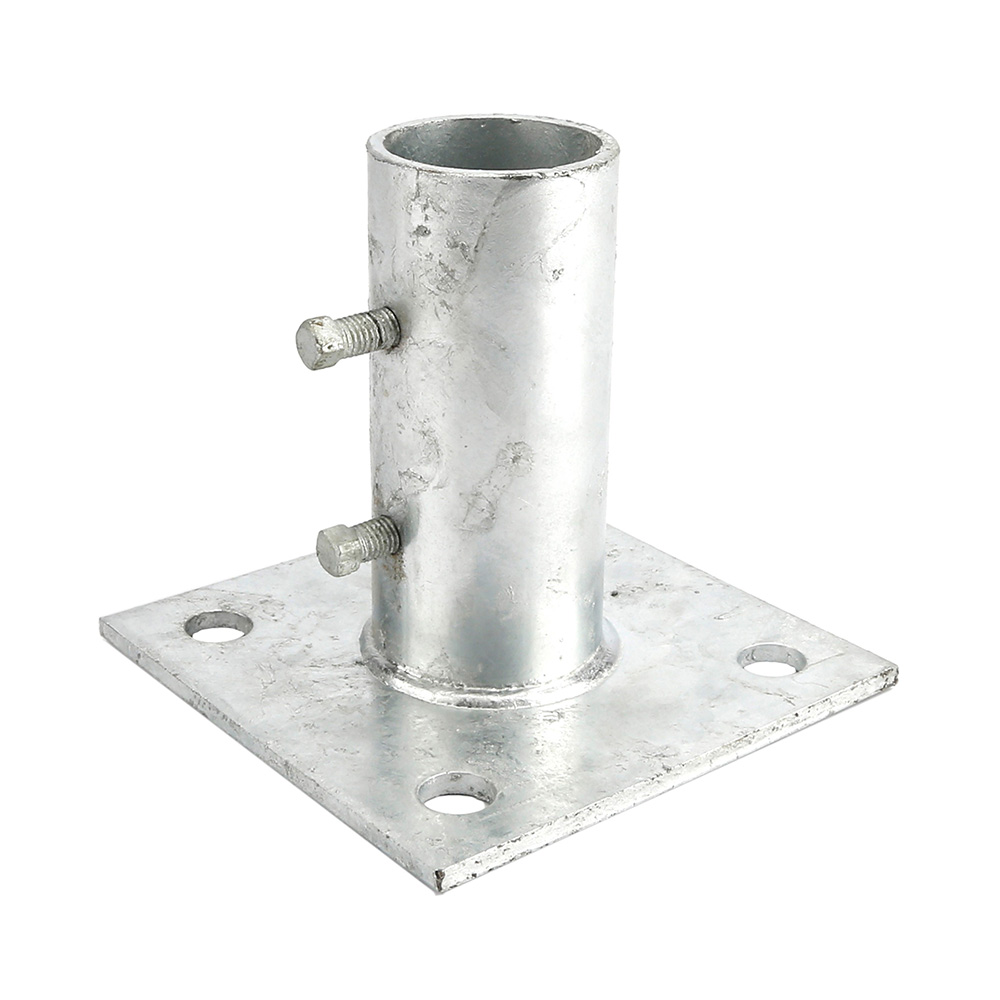Chain link fences are knownand versatility, making them a popular choice for residential, commercial, and industrial applications. However, the strength and stability of a chain link fence depend not just on the fence fabric and posts but also on the fittings that connect and secure these components.
Chain link fittings include essential hardware such as post caps, rail ends, tension bands, gate hinges, and clamps; each playing a crucial role in ensuring the fence remains structurally sound. Choosing the right fittings prevents issues like sagging, instability, and improper alignment, which can compromise the fence's performance and longevity.
The Importance of Choosing the Correct Fitting Sizes
Selecting the correct size for chain link fittings is just as important as choosing high-quality materials. The wrong size fitting can lead to:
- Loose connections, causing instability.
- Difficulty during installation, requiring modifications or additional hardware.
- Premature wear or failure, leading to costly repairs or replacements.
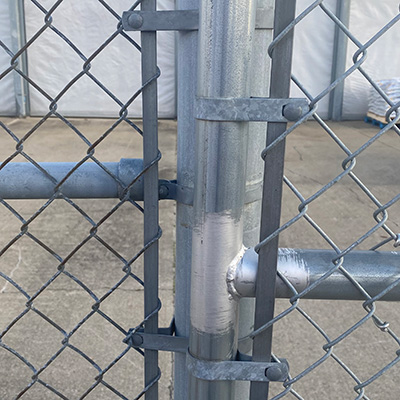
What Does the Outer Diameter (OD) Mean in Chain Link Fittings?
One of the most common sources of confusion when selecting chain link fittings is understanding the difference between Outer Diameter (OD) and Inner Diameter (ID) - two critical measurements that determine whether a fitting will properly attach to a post or rail. Many assume that a pipe's nominal size (the labeled size) directly matches its actual dimensions, but this is not always true. To ensure the perfect fit, checking the nominal size and the true OD or ID before purchasing fittings is essential.
What is Outer Diameter (OD)?
Outer Diameter (OD) is the actual measurement of the outside width of a pipe, post, or rail. This measurement is important when selecting fittings that slide over, wrap around, or clamp onto a post or rail.
Fittings that rely on OD measurements include:
- Post Caps: Fit over the top of a post and must match the post's OD.
- Tension Bands: Wrap around a terminal post and need to match its OD exactly.
- Rail Clamps & Gate Hinges: Clamp onto or around a post, requiring an exact OD match.
What is Inner Diameter (ID)?
Inner Diameter (ID) refers to the actual measurement of the inside width of a pipe or rail. This measurement is critical when choosing fittings that fit inside a rail or post, such as:
- Rail Ends: Fit inside the end of a rail and connect it to terminal posts using a brace band.
- Sleeves & Couplers: Fit inside a rail to join two sections together.
Avoiding Confusion: Nominal Size vs. True OD/ID
Many fence components are labeled with nominal sizes, which do not match their actual OD or ID. This is where confusion often occurs. For example, a 2-3/8" post is not exactly 2.375 inches in OD but slightly different depending on the pipe wall thickness and manufacturing specifications. A 1-5/8" rail may have a slightly different OD than exactly 1.625 inches. To eliminate confusion, we list both the nominal size and the actual OD or ID on each of our products. This ensures that customers can quickly verify the size and choose the correct fittings without guesswork.
Nominal Pipe Size Conversion Chart
Below is a table with common nominal chain link pipe sizes, the outside diameter conversion, and the estimated inside diameter based on several types of pipes.
| Nominal Pipe Size (NPS) | OD (inches) | Estimated ID (SS20) | Estimated ID (SS40) | Estimated ID (Schedule 40) |
|---|---|---|---|---|
| 1" | 1" | 0.83" (7/8") | 0.73" (3/4") | 0.73" (3/4") |
| 1-1/4" | 1 1/4" | 1.08" (1 1/8") | 1.00" (1") | 0.97" (1") |
| 1-3/8" | 1 3/8" | 1.20" (1 1/4") | 1.10" (1 1/8") | 1.09" (1 1/8") |
| 1-1/2" | 1 7/8" | 1.69" (1 3/4") | 1.58" (1 5/8") | 1.58" (1 5/8") |
| 1-5/8" | 1 5/8" | 1.44" (1 1/2") | 1.32" (1 3/8") | 1.32" (1 3/8") |
| 2" | 1 7/8" | 1.69" (1 3/4") | 1.56" (1 1/2") | 1.56" (1 1/2") |
| 2-1/2" | 2 3/8" | 2.28" (2 1/4") | 2.17" (2 1/8") | 2.09" (2 1/8") |
| 3" | 2 7/8" | 2.66" (2 5/8") | 2.55" (2 1/2") | 2.44" (2 3/8") |
| 3-1/2" | 3 1/2" | 3.28" (3 1/4") | 3.18" (3 1/8") | 3.05" (3") |
| 4" | 4" | 3.68" (3 5/8") | 3.55" (3 1/2") | 3.53" (3 1/2") |
| 4-1/2" | 4 1/2" | 4.18" (4 1/8") | 4.00" (4") | 3.99" (4") |
| 6-5/8" | 6 5/8" | 6.30" (6 1/4") | 6.07" (6") | 6.06" (6") |
| 8-5/8" | 8 5/8" | 8.25" (8 1/4") | 7.98" (8") | 7.98" (8") |
Understanding Chain Link Post, Gate, and Rail Sizes
When selecting chain link fittings, it's essential to understand the differences between post size, gate frame size, and rail size to ensure a secure and proper fit. Each of these components serves a different function, and the fittings designed for them must match their outer diameter (OD) or inner diameter (ID) correctly.
Post Size
Refers to the diameter of the fence post that a fitting slides over wraps around, or attaches to.
Residential Posts:
- 1-5/8" OD to 2-3/8" OD
- Used in standard home fences, garden enclosures, and pet containment.
- Fittings: Post caps, dome caps, acorn caps, tension bands, brace bands, barbed wire arms, and line rail clamps.
Commercial Posts:
- 2-3/8" OD to 3" OD
- Used for business properties, sports fields, and public parks.
- Fittings: Heavy-duty tension bands, barbed wire arms, and large brace bands.
Industrial & Security Posts:
- 3" OD to 4" OD or larger
- Used for high-security fences, military installations, and infrastructure projects.
- Fittings: Reinforced tension bands, oversized brace bands, and security arms for barbed or razor wires.
Here is an example of a chain link fitting that will have both a Post Size and a Gate Frame Size. This is a Drop Fork Latch. Click the image to expand.
Gate Frame Size
Refers to the size of the gate frame tubing that fittings attach to, often requiring specialized components that connect both the gate and the fence post.
Residential Posts:
- 1-3/8" OD to 1-5/8" OD
- Used for smaller gates in homes, gardens, and driveways.
- Fittings: Gate hinges, fork latches, frame hinges, and strap hinges.
Commercial Posts:
- 1-5/8" OD to 1-7/8" OD
- Used for business properties and public access gates.
- Fittings: Heavy-duty gate hinges, gate clips, drop forks, and carriage bolts.
Industrial & Security Posts:
- 1-7/8" OD to 2-1/2" OD
- Used for large entry gates, security enclosures, and commercial vehicle access.
- Fittings: Reinforced gate hinges, cantilever rollers, and commercial-grade latches.
Rail Size
Refers to the size of the horizontal rails, where fittings either fit inside, wrap around, or attach to a rail to provide stability.
Residential Posts:
- 1-3/8" OD to 1-5/8" OD
- Used in standard backyard fencing.
- Fittings: Loop caps, rail ends, line rail clamps, and tension clips.
Commercial Posts:
- 1-5/8" OD to 1-7/8" OD
- Used in sports fields and public properties
- Fittings: Heavy-duty rail ends, line rail clamps, and brace bands.
Industrial & Security Posts:
- 1-5/8" OD to 1-7/8" OD
- Used for sporting facilities, public properties, and security enclosures.
- Fittings: Heavy-duty rail ends, industrial line rail clamps, and industrial brace bands.
How to Measure Your Fence Posts and Rails Correctly
Accurate measurements of fence posts, gate frames, and rails are essential to ensure fittings fit securely. Since fittings wrap around, slide over, or fit inside these components, measuring the correct outer diameter (OD) or inner diameter (ID) prevents installation issues. Again, please note that we work hard to ensure all fittings include the nominal and appropriate outside or inside diameter in the product title. Please ensure you select the product that matches the measurements you are taking.
Measuring the Outer Diameter (OD)
- Use a tape measure or calipers. Wrap a tape around the post or rail and divide by pi (3.1416) to confirm the OD, or place calipers directly on the outer edge.
- Match the OD to standard chain link pipe sizes, as nominal pipe sizes do not always reflect the actual OD.
- Compare your measurement with product listings, as we provide both nominal and actual OD to ensure compatibility.
Measuring the Inner Diameter (ID)
- Use calipers or a tape measure across the inner opening of the rail.
- Match the ID with the intended fitting to ensure a snug fit.
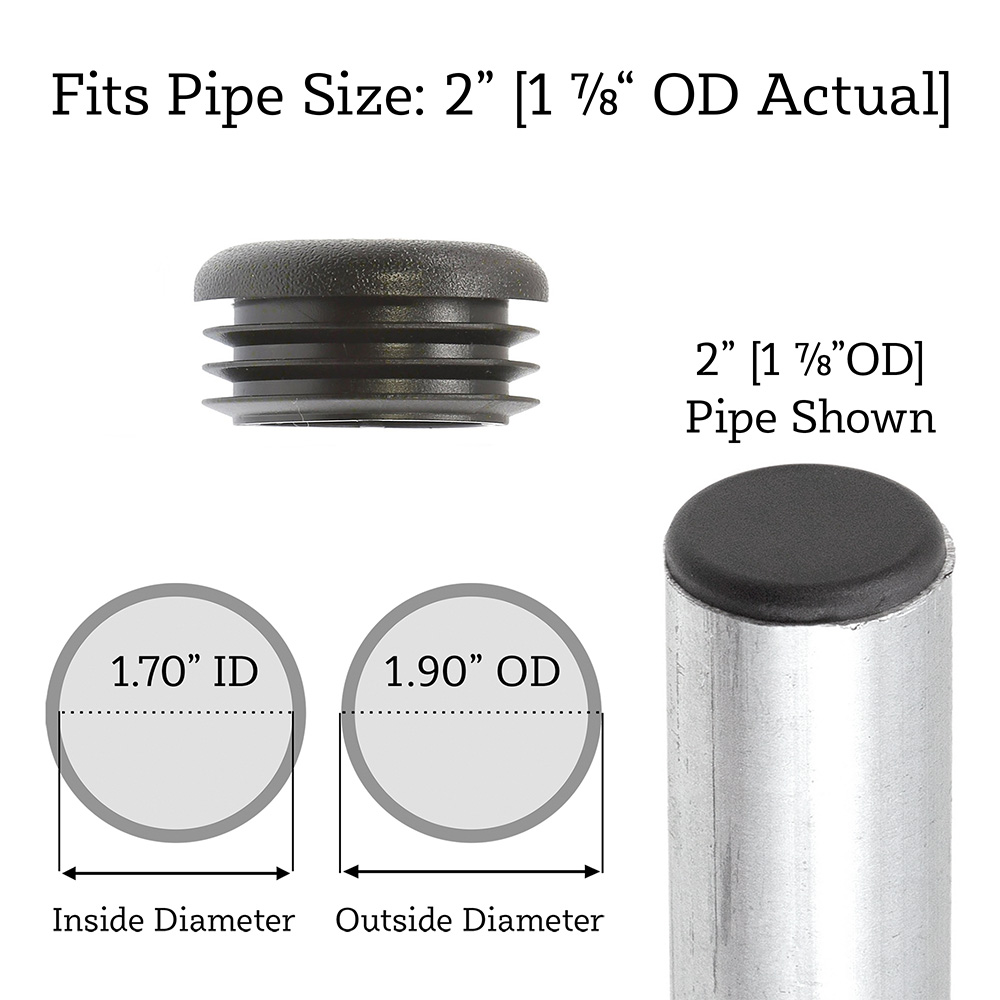
Where to Purchase High-Quality Chain Link Fence Fittings
When purchasing chain link fence fittings, ChainLinkFittings offers a reliable selection of high-quality components designed for durability and precision. Their extensive inventory includes essential fittings such as dome caps, tension bands, rail ends, and gate hinges, which are available in multiple sizes and finishes and include galvanized steel and aluminum. The Chain Link Fitting Finder tool simplifies the selection process by ensuring customers find the exact fitting needed based on post and rail dimensions, reducing the risk of improper sizing. Each product is crafted to meet industry standards, ensuring a secure and long-lasting fence installation for residential, commercial, or industrial use. With a focus on quality control and specialized manufacturing, ChainLinkFittings.com provides fittings built for strength, weather resistance, and easy installation. Their commitment to supplying precise, well-crafted fittings makes them a go-to source for building or maintaining a sturdy chain link fence.
Below are some of our most popular chain link fittings. Note you can also view our entire selection of Chain Link Fittings or view our Black Chain Link Fittings.
Selecting the correct chain link fence fittings requires understanding how they attach to posts, gate frames, and rails - whether they wrap around, slide over, or fit inside. Post fittings, such as tension bands and caps, must match the post's outer diameter (OD) to ensure a secure fit. Gate frame fittings, including hinges and latches, must fit both the gate frame OD and the post OD where they connect. Rail fittings, like loop caps and rail ends, must correspond to either the rail's OD for external attachments or its inner diameter (ID) for internal fittings. Properly matching fittings to the right size prevents loose connections, instability, and installation issues.
Because nominal pipe sizes don't always reflect the actual OD or ID, measuring your posts, rails, and gate frames before purchasing is crucial. Using a tape measure or calipers ensures accurate sizing and helps prevent ordering mistakes. We list the nominal and true OD/ID measurements on our product pages to simplify the selection process, so double-checking your measurements guarantees the best fit and a more secure, long-lasting fence.
If you have any questions, our sales representatives are always happy to assist you. Feel free to reach out for expert guidance! You can also explore the suggested articles below or browse our entire Resources Hub for more information.

